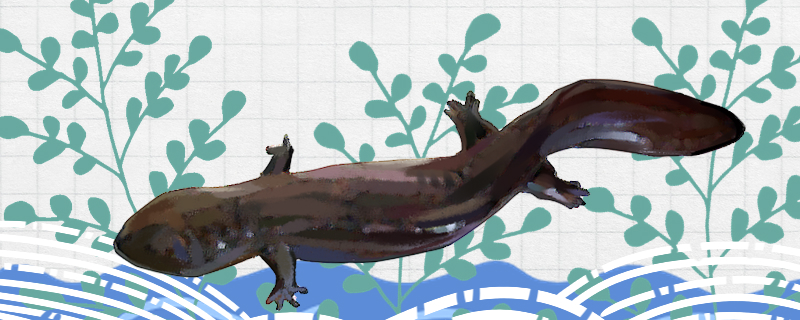
? The giant salamander belongs to the amphibian class, which is often called amphibian. The characteristics of amphibians are particularly prominent. They can move in water as well as on land. However, their environment is different at different times. Whether they can go ashore depends on their specific age. When the giant salamander is still in the larval stage, they can not go ashore, because at this time they breathe with gills, can not breathe on the shore, out of the water may cause them to die, can only stay in the water, all kinds of activities are also carried out in the water.
However, when the giant salamanders are in the adult stage, their respiratory organs have changed greatly, from gills to lungs. Breathing with their lungs allows them to go ashore and stay on shore for a long time, the main reason is that they can breathe freely on shore. However, their lungs are not particularly well developed, so they not only use their lungs to breathe, but also use their skin to assist breathing, which makes them unable to stay on shore for a long time, otherwise their skin will become dry, and the role of assisted breathing will become less obvious.
out of water? The giant salamander uses gills to breathe when it is young and can only breathe in water, so it will die out of water. The other is the adult period of giant salamanders. Although they breathe with their lungs and can leave the water to live on the shore, they still can't leave the water for a long time. This is mainly because only when their skin is in a moist state, the role of assisted breathing can be better played. If they leave the water for a long time, their skin will be very dry, which will affect their breathing.